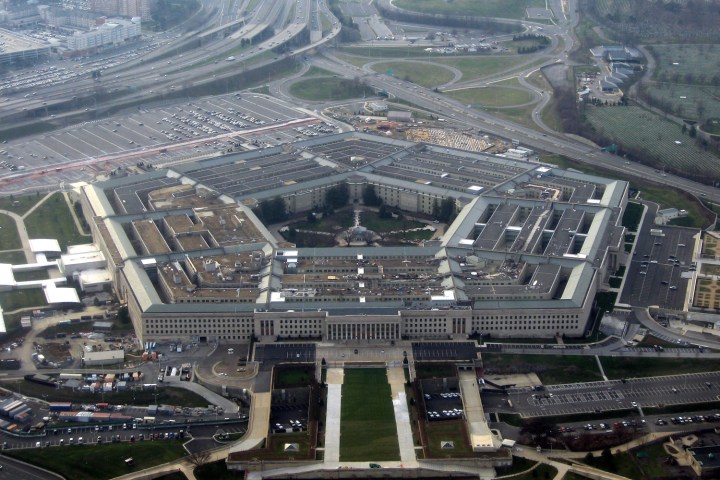
“One of the largest enterprises anywhere — the U.S. Department of Defense (DoD) — has joined the ranks of enterprise customers planning swift Windows 10 deployments,” said Microsoft in a blog post announcing the deployment.
The Department of Defense is bucking that trend, deploying Windows 10 at the 4 million machines at Combatant Commands, Service Agencies, and Field Activities, PC World is reporting. The change was prompted in part because of security concerns, but also because of IT costs.
“It is important for the Department to rapidly transition to Microsoft Windows 10 in order to improve our cybersecurity posture, lower the cost of IT, and streamline the IT operating environment”, said a Defense Department memo written by Terry A. Halvorsen back in November.
Big companies usually wait at least a year before deploying a new OS, because of the complexities that come up while upgrading thousands of millions of machines and retraining all of the staff. Government is typically even slower than that: much of the U.S. government and the military are still running Windows XP. As recently as June the Navy paid Microsoft millions for extended Windows XP support.
At least part of the appeal might be Microsoft’s longterm commitment to the operating system. Microsoft has done a lot of work to get people onto the OS, and at least one person inside the company has called it “the last version of Windows”.
The government is also adding the Surface 3, Surface Pro 3, Surface Pro 4, and the Surface Book to the Defense Information Systems Agency (DISA) Unified Capabilities (UC) Approved Products List (APL), meaning that those Surface devices are all approved for Defense Department agencies to purchase and use.
For scale: Windows 10 is currently installed on 200 million total devices; an additional 4 million machines right now would represent 2 percent of the total install base. The installations won’t be instant, of course: they’ll take place over the next year. But even at that time scale, it’s a massive number of machines.


